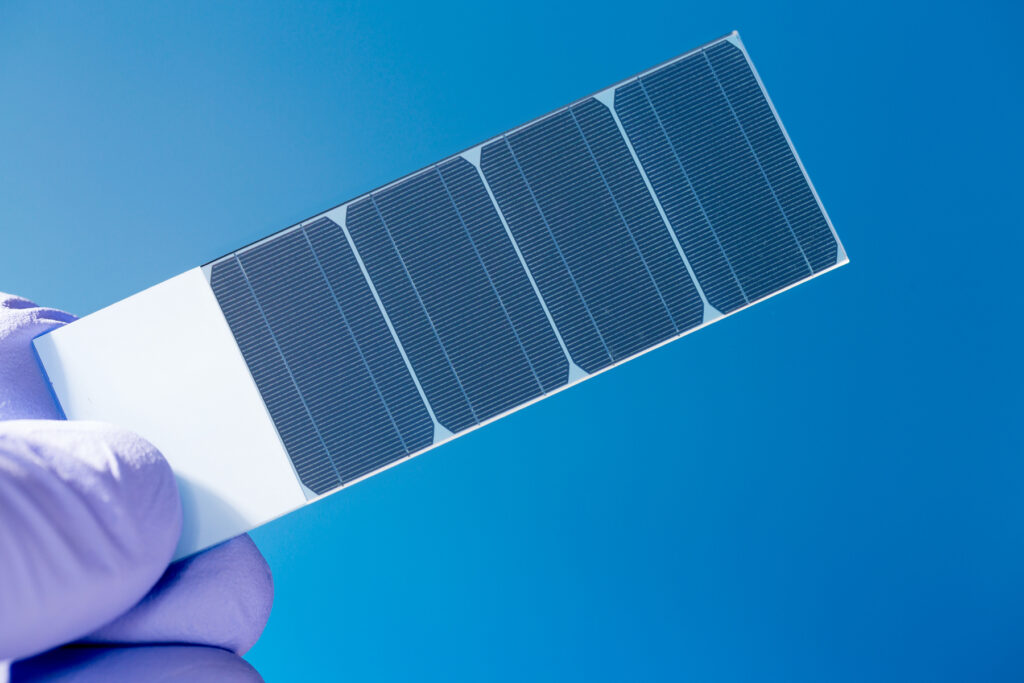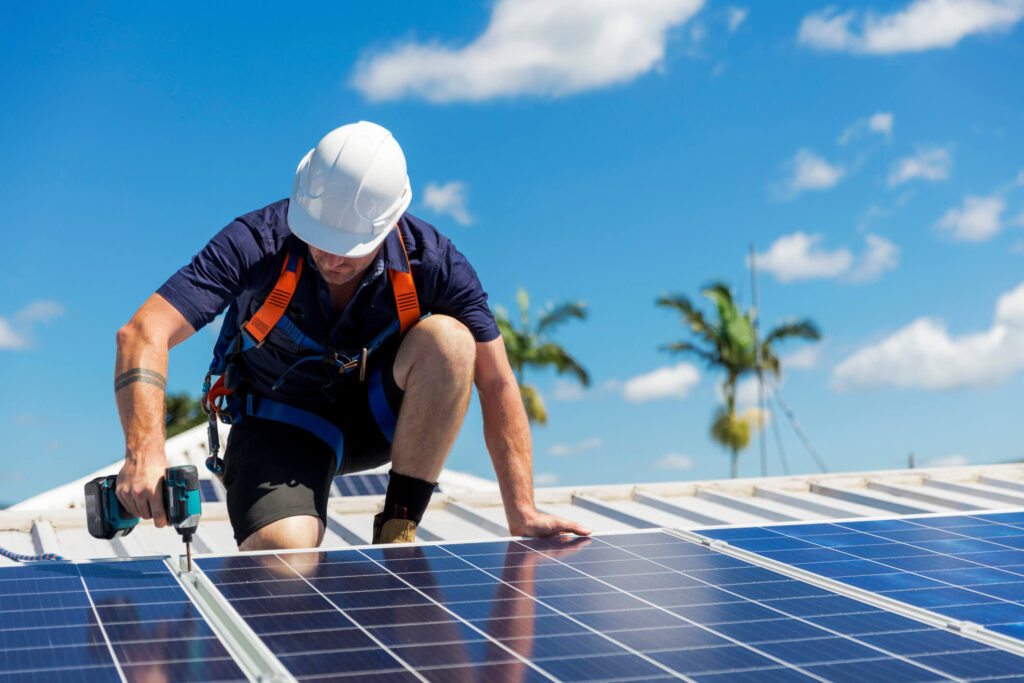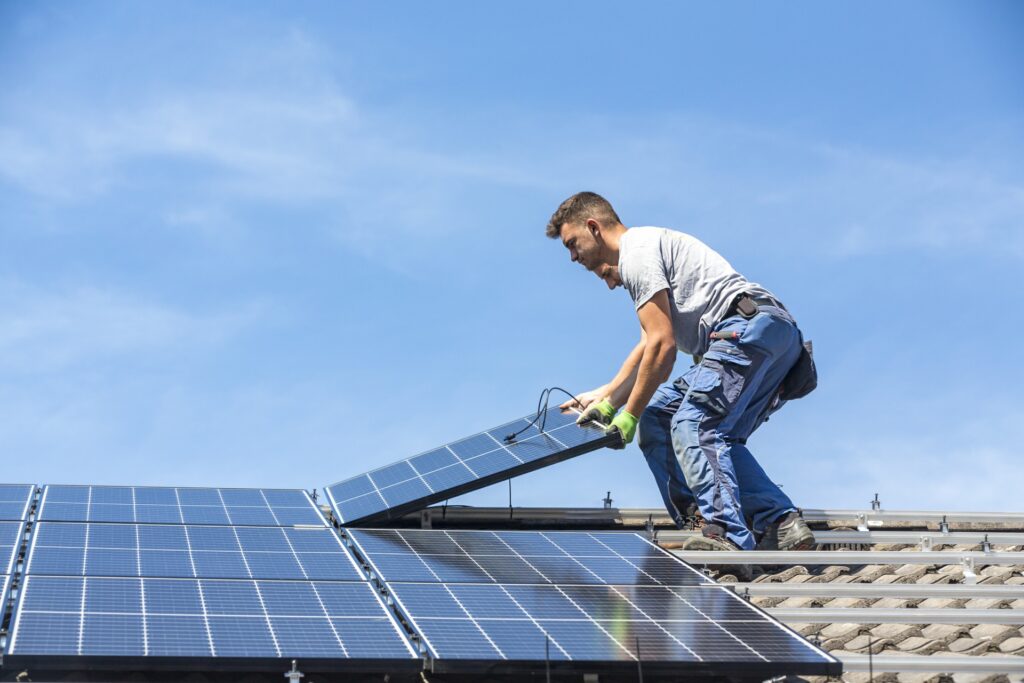Surely on some occasions, you have wondered how to make a solar panel, especially how to do them comfortably from home, without causing us many problems.
The truth is that few people really know how easy they are to do. It is enough with a few materials and follows a series of steps for anyone to make their own homemade solar panel.
Contents
How to Make a Solar Panel?
Do you remember when people said that solar energy is the future? Well, the future has long since arrived. In addition, with electricity at all-time highs, it is the perfect time to switch to renewable and say goodbye to electricity, if not definitely, yes in a relevant way.
And we are going to teach you how to make a homemade solar panel. Not only that, we are going to show you that it is much cheaper than you imagined, much easier than you expected, and much more profitable than you dreamed of.
Materials Needed

When choosing a solar panel, keep in mind that there are many types. From the thermal solar panel to the thermometric solar panel. Passing through the photovoltaic energy panel, which is the one that we are going to make.
Obviously, whatever it is, before learning how to make a homemade solar panel, we need materials. The photovoltaic energy panel is made up of semiconductor materials that transform light into electricity, ready for consumption.
That is, depending on the panels you have, you could supply all your demand. Home appliances, house light, even electric car recharging
Non-conductive one square meter base
Plastic is the most suitable, as it is light, resistant and can last you years without problems. Also, very easy to find in any specialized store, where they cut it on request.
If you prefer wood, it is also a good option, although it must be accompanied by paint to give it greater resistance, especially against inclement weather.
Solar cells
Here you have two options: buy the new cell or look for remnants of the factory or with a manufacturing defect, which will be much cheaper.
Second, you find them on the Internet and the first, in any store. Of course, try that they come without wax and so you will save yourself taking it off later.
- One square meter plexiglass
- Silicone and a blocking diode
- Low power soldering iron
The idea when doing it in an artisan way is that they are worthless than those 200 dollars. And, incidentally, have more quality than those of this low range.
Of course, do not try to illuminate the neighborhood or commercial premises. The amount of electricity that this homemade solar panel will generate will give you for your normal use at home.
Thus, adjusting the price on everything we buy, a panel of almost 100 W, with 36 cells, will be around 30-35 dollars. To this, we must add the base, the glue, the plexiglass, the paint, and the soldering iron.
A Step-by-Step Guide to Making a Solar Panel
And since we have started with the comparison of the surprise, let’s say this is one of their surprises, life-size. Also, how to make a homemade solar panel step by step is also not excessively more complicated than the toy for a child.
Of course, it will be somewhat more laborious, but with benefits and immense economic savings for you.
Step 1: Take the base. Remember to paint it if it is made of wood, although we still recommend the plastic and put the solar cells on its surface.
Use a ruler to make it as tight as possible. Since you start doing it, do it well, right?
Step 2: Remember that you must distribute the solar cells on both sides of the base. As simple as putting 15 on one side and 15 on the other.
If at the time of placing them, anyone breaks, do not worry, it happens in the best families. Solar cells are looked at me and do not touch me, so it is advisable to have several spare.
Step 3: Once aligned, you have to connect them, a simpler step than it sounds. You just have to join the positive shots of one cell with the negative shots of the next.
To ensure they do not separate, you should weld it with your neighbor’s machine and very carefully. Remember that they are very sensitive, so it is advisable to turn the panel upside down when you solder it.
Step 4: Once all are soldered, you must place the blocking diode. This mechanism will help that the energy accumulated during the day is not lost at night. What a business.
Step 5: Plexiglass moment. It’s time to protect our home gadget. As simple as placing the plexiglass panel on the connected solar cells and securing it with several screws.
The idea is to protect it from wind, rain, frost, and others, so it is recommended that the plexiglass panel overflow a bit from the sides.
Step 6: You just have to take the cables to the main socket and you already have it, your own solar panel.
Benefits of Installing a Solar Panel
It is assumed that if you have embarked on the adventure of making a homemade solar panel, it is because it compensates you. However, it does not hurt to review the advantages and disadvantages of installing a solar panel in your home.
We start with the advantages of installing a solar panel in your home, which, a priori, are more than the disadvantages.
Renewable: Obviously, it seems difficult for the sun’s energy to run out, so we have renewable energy for millions of years.
On the other hand, the sun sends 120,000 TW of solar radiation to Earth, which is 20,000 times more energy than it needs to supply the entire world. There is plenty of solar energy for everyone.
Zero emissions: Not only is it renewable, but it is also ecological and environmentally friendly, producing zero emissions to the environment.
Economical: Solar energy not only allows, in many cases, self-sufficiency. Now, with bi-directional meters, the energy that is left over to a house can be returned to the electricity grid and benefit the user economically.
Minimum maintenance: The maintenance of the solar panels is minimal. You don’t even need to clean them. To get an idea, some have up to 20 years warranty.
Universal: The sun is an element that offers its attributes to the entire planet so that everyone can benefit from it. Even in areas with a lot of rain or a few hours of sun, you can take advantage of what there is.
Silent: Solar energy does not generate any noise, which other types of energy cannot say.
Community Systems: Many floors do not have a garden, patio, or installation area. For this reason, many communities have come together to create community solar gardens, promoting collaborative and neighborhood action.
Conclusion
We are sure, you find this guide on how to make a solar panel very easy. As you have seen, in order to make solar panels at home, you need only a few materials which are easy to get, which will allow us to use solar energy.
In addition to being free, it does not need maintenance and we can enjoy it all year round.

